The Waypoints we create may signify a simple thing, a rub in the whitetail woods or a spot of elk blood on fresh snow, but the memories they evoke are at the heart of why we hunt. They are our stories.
We’ve all been asked why we hunt, and we often fall back on the admittedly true but incomplete reasons that approach an answer. We hunt for the meat, we say, and for a love of the outdoors and the animals we pursue. And while that answer often satisfies, it omits the heart of the answer, the real why.
Deeper, we hunt for the stories. There is elation in the moment when an arrow is flung or a trigger is pulled and an animal goes down, but that singular moment is just a snapshot, a Polaroid distillation of the preparation and scouting, the late-night game plan phone calls with hunting buddies, and the retelling of a story that may, on occasion, stray from the straight facts and take on the luster of time and reflection.
A Waypoint, then, serves as more than an ‘X marks the spot.’ To us, Waypoints are our hunting journal, our collection of memories. The brief stories that follow share a few pages from our journals. After reading them, our hope is that you spend some time looking through your saved Waypoints and remembering how many stories they contain. Share a few with your friends and reflect on that first elk and the back-breaking packout or the day when you covered a dozen miles in the snow and made it home with nothing in your game bags but a damn good story.
As you head into the field on your next hunt, use your Waypoints to catalogue your stories. After all, the stories are what we’re really after.
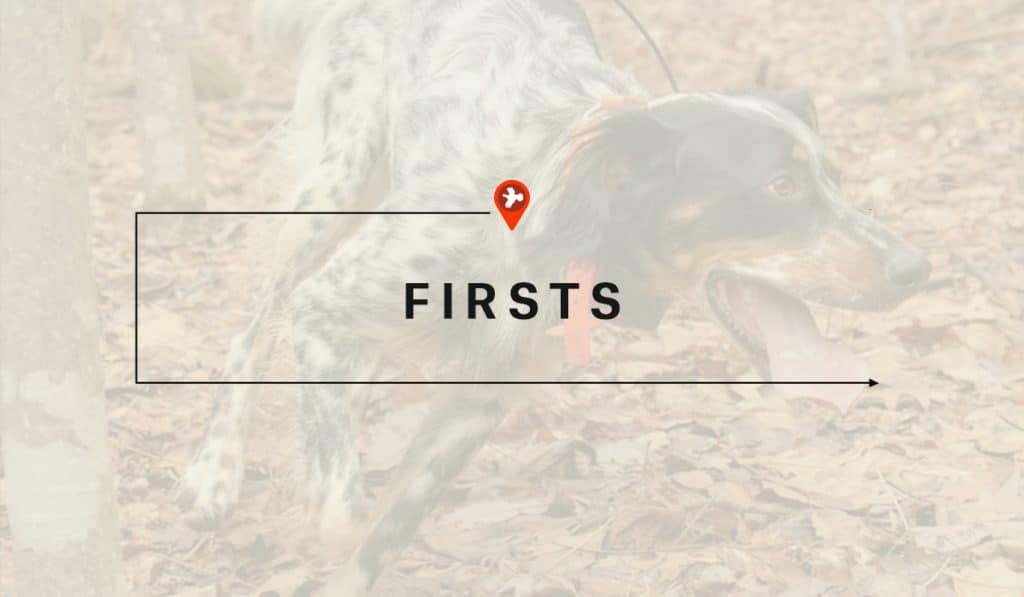
A young dog’s first bird is more than that singular moment where a point, a trigger pull, and a retrieve come together. It is a culmination, a distillation of countless hours of training, the small accomplishments along the way, and the accumulated hopes and expectations that a young pup brings.
Harrison was an overpowered, mid-80s turbo-era Formula One car from the start, the mechanical grip of the rear wheels unable to keep pace with too many horses in the engine bay. Training focused on reining him in, slowing him down, and channeling his energy into a sharpened deliberateness. It was hundreds of pen-raised quail, each one representing a lap that tested braking points, found corner apexes, and slowly whittled lap times down toward proficiency. Some days we found real gains, but most days were a slog.
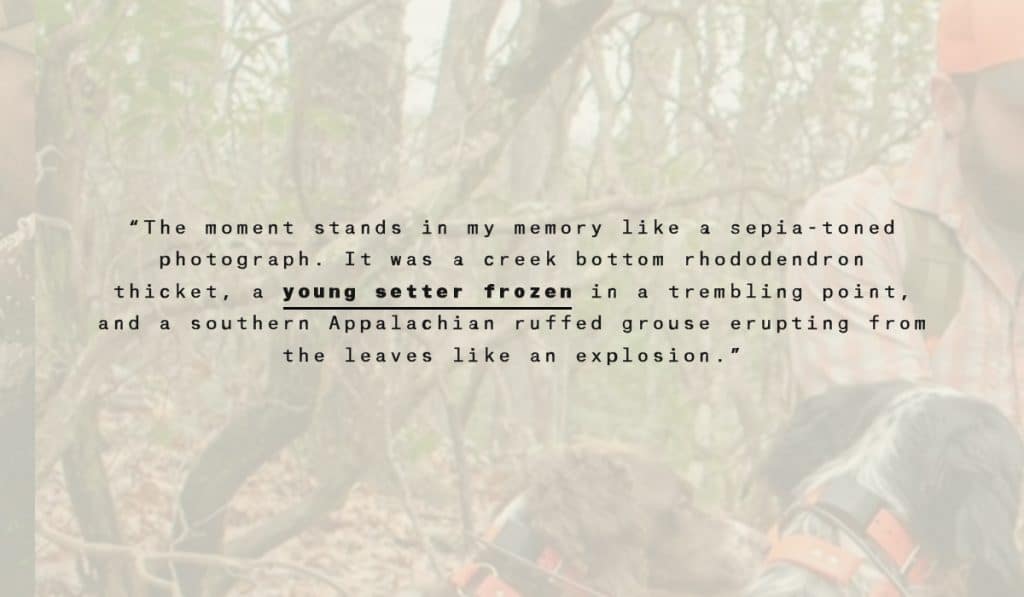
When the test finally came on a rainy mid-October day in North Carolina’s fogged-in Appalachian Mountains, I felt ready—nervous and excited, but ready. Following an uneventful and mile-laden morning, the rain stopped and the sky cleared. Moist air carried scent, and I saw that change that happens when a dog gets birdy. Harrison’s movements became more deliberate as every muscle tensed and his focus narrowed.
The moment stands in my memory like a sepia-toned photograph. It was a creek bottom rhododendron thicket, a young setter frozen in a trembling point, and a southern Appalachian ruffed grouse erupting from the leaves like an explosion. It was a first trigger pull missing high, instinct finding the rear trigger without thought, and a second volley finding its mark. The retrieve was swift, and I stood proud in that moment—not of the bird in my hand, exactly, but of what it represented.
And Harrison? He stood on heel with a mouthful of feathers and that look on his face that said, “What the hell are we waiting for? Let’s find another one.”
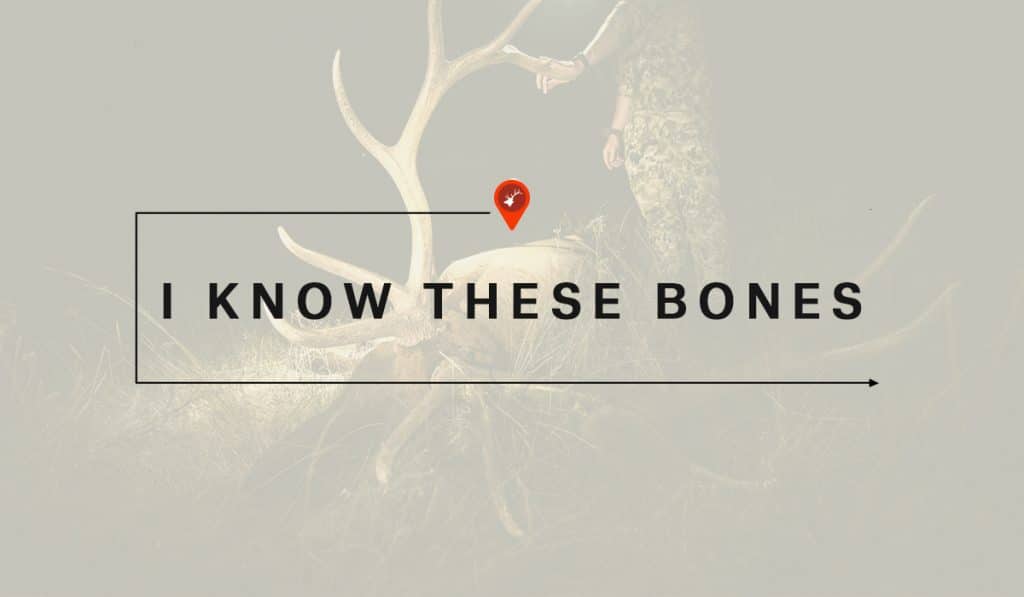
There are people you meet in life who do that one thing they were born to do. My friend was born to hunt. Every season he went out he notched every tag he had. In Montana, it wasn’t hard for him to slip out for a mid-week evening hunt or plan a weekend in the backcountry within an hour’s drive. They say success favors the prepared. Certainly, success favored my friend.
I owe my first successful elk hunt to him. He and I hunted together on several occasions. We hung tree stands, traipsed through deep snow following a small pack of wolves that was following a small herd of elk, and we both carried GPS units filled with dozens of Waypoints and saved tracks. He loved his eTrex Vista, and I loved my Garmin Colorado, both having the onX Hunt Chip.
On our way back from an early-season hunt, driving alongside one of Montana’s famed rivers, my friend points and says, “You should hike to the top of that hill and wait at the edge of the one clearing. There are always elk up there.” Back in town, he pulled out his eTrex and showed me a Waypoint he had marked for that clearing and another for where to park and take the most direct route, uphill of course.
The very next weekend I parked at the Waypoint marked “PARK,” and I hiked the distance, uphill, to the point on my GPS marked “ELK.” I found the clearing he had described and skirted around to its far side where the trees lined up like sentries. I found the perfect sitting log and sat and waited.
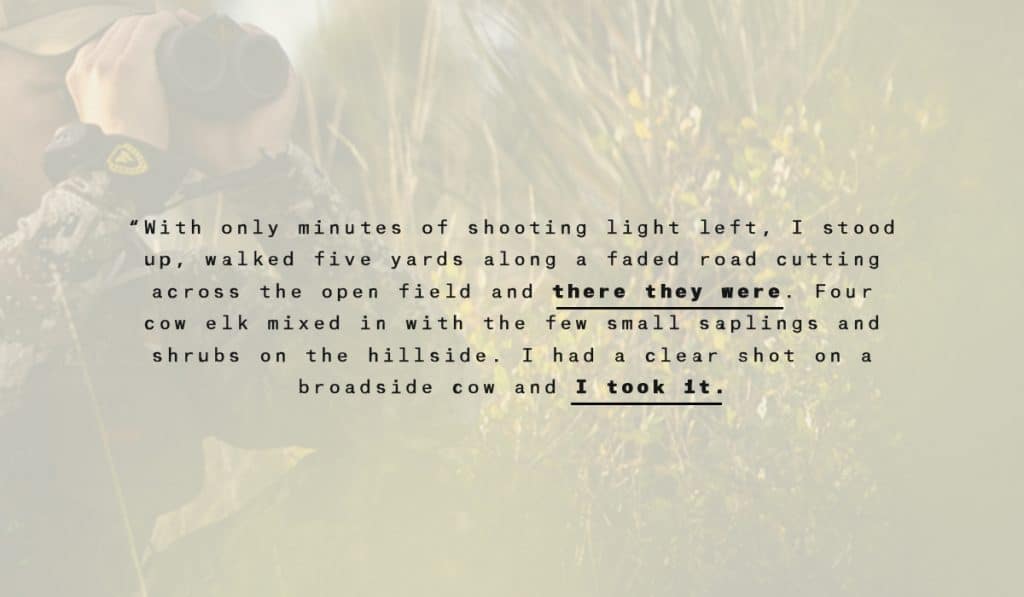
But there were no elk. I sat for hours. I wouldn’t allow myself to give in and start moving around because I trusted my friend, and I trusted the Waypoint.
With only minutes of shooting light left, I stood up, walked five yards along a faded road cutting across the open field and there they were. Four cow elk mixed in with the few small saplings and shrubs on the hillside. I had a clear shot on a broadside cow and I took it.
I walked to her, notched my tag, and marked my own Waypoint, “MY ELK.”
The next season I went back to “MY ELK.” I parked at “PARK” and walked and sat and waited. No elk, but as I was leaving, I found the cow’s skull just downhill from where I processed it a year earlier. I picked it up. I know these bones. They are part of my story.
Nearly a decade later, I think about those bones. The land I hunted went private, so I can’t get there anymore. But I wonder what I might see if I walked that hillside again. Surely not bones. It’s okay though; I don’t need to go back. I am making new Waypoints, making them with my kids. My hunting buddy has his own kid too. Surely he’s doing the same, making and sharing moments for the next generation of born hunters.
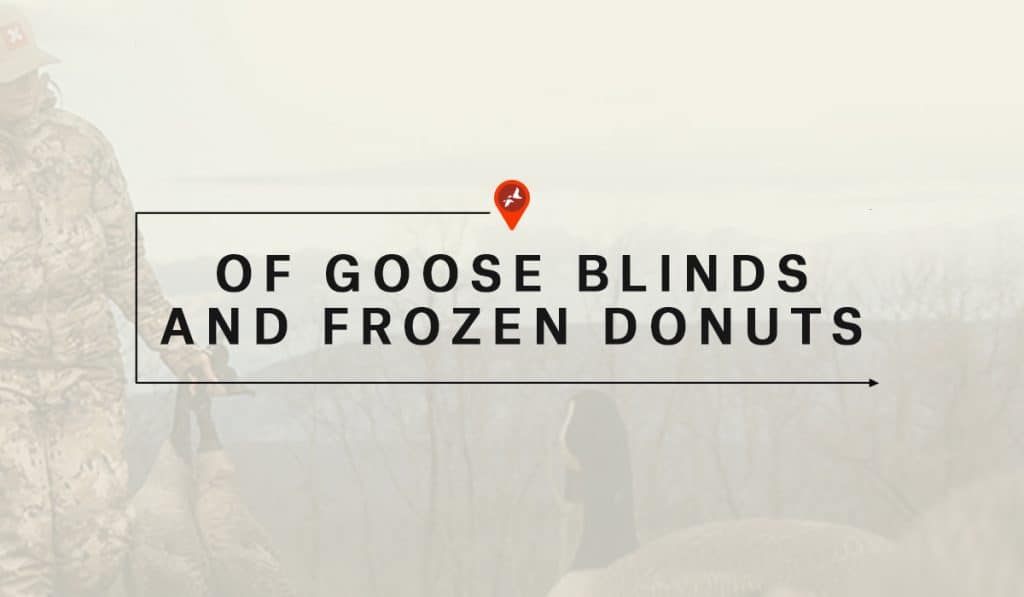
I’d never seen a frozen donut before. Not that it was a particularly poignant moment from my life “to-do” list, but in the frigid chill of the New Jersey January morning, the transformation of the humble Dunkin’ Donuts breakfast food into something resembling a hockey puck was noteworthy.
Huddled in the goose blind, we exchanged grins in the red morning light and went back to work, gnawing quietly on frozen dough and brittle frosting. Gazes returned to the brightening horizon as we waited for the tell-tale honk of approaching geese.
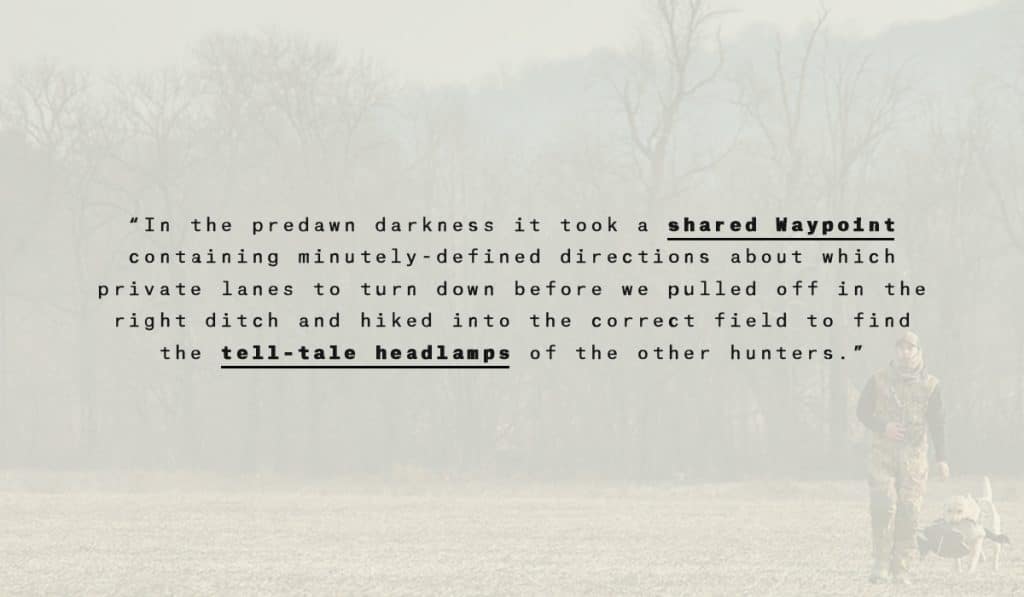
Our little tribe of eight hunters (plus Rook, a burly, business-minded yellow lab) had traveled from around the country to convene in this stubble-filled farmer’s field in Jersey. For those of us coming from the wide-open West, the winding lanes and choppy swaths of private property in the Mid-Atlantic states presented a navigational challenge: the world now consisted of close-knit farms and fences, not the sweeping vistas we knew and loved back home. In the predawn darkness it took a shared Waypoint containing minutely-defined directions about which private lanes to turn down before we pulled off in the right ditch and hiked into the correct field to find the tell-tale headlamps of the other hunters.
Said Waypoint also came in handy for the second donut-run crew to reconnect with those who had been left, chilled and shivering, in the blind.
But, as so often seems to be the case with cold-weather hunts, the shivering and 3AM wake-up calls were worth it. Fueled by frozen donuts and a few thermoses of communal coffee, we took in our fair share of Canada and snow geese. Eventually, we ended a cold morning with an equally cold afternoon that brought on a steady, mud-inducing rain; one of those heavy, soaking drizzles that turns stubble fields into mudslides and eventually creeps its way into everything, no matter how many layers you add.
By that point, though, the deluge didn’t dampen the frozen, hockey-puck donuts. They were long gone.